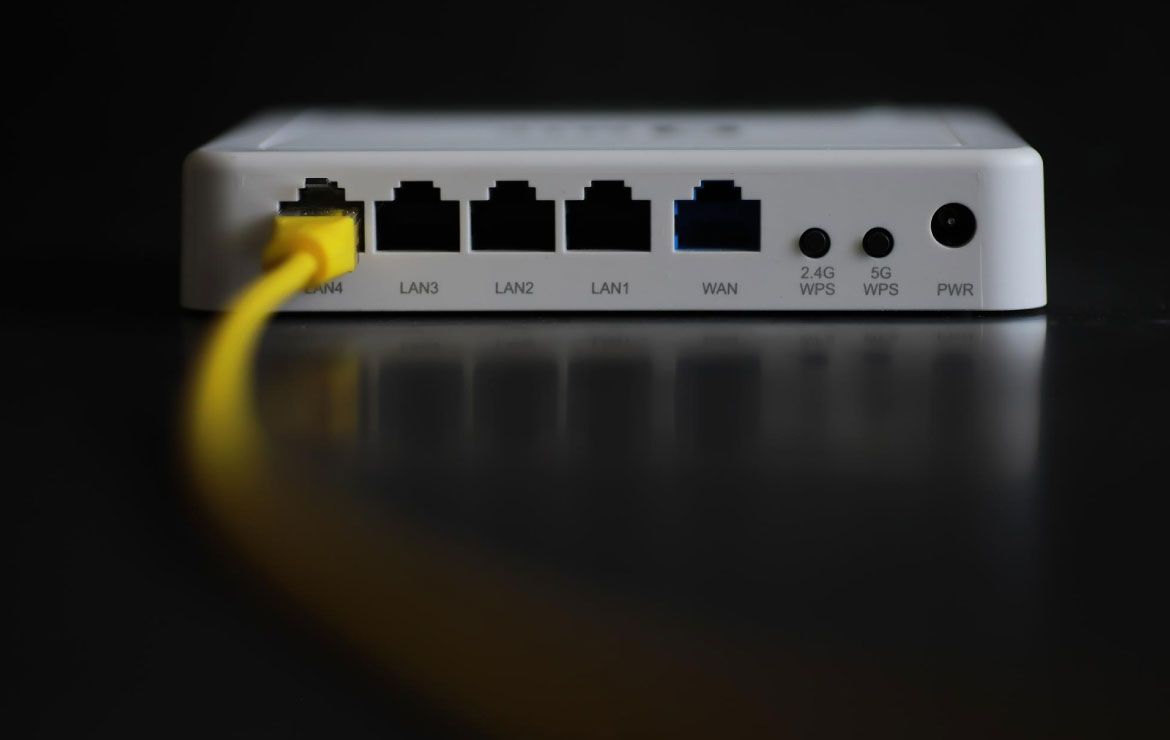BT hints at advancements in 5G SA through a trial of wideband FDD technology.

UK telecom giant BT has been experimenting with different configurations of its sub-6-GHz spectrum as it approaches the deployment of 5G standalone (SA) technology.
In collaboration with Ericsson and MediaTek, BT announced that it has successfully transmitted 5G data using a wideband frequency division duplex (FDD) carrier. Specifically, it harnessed 2×50 MHz of its 2.6 GHz spectrum. As the industry recognizes, more spectrum equates to a swifter connection.
Moreover, BT ventured into downlink aggregation of two time division duplex (TDD) carriers, utilizing a undisclosed portion of its 3.5-GHz spectrum.
Of particular enthusiasm for BT is the wideband FDD trial and its potential to enhance uplink speeds. BT highlights that this trial signifies a three-fold upsurge in uplink bandwidth on a single FDD carrier.
The excitement stems from the fact that 5G SA designates a single carrier for uplink, raising the prospect of becoming a bottleneck should numerous end users—ranging from consumers to enterprises and IoT devices—aim to upload substantial data volumes to the cloud.
Greg McCall, BT’s Chief Networks Officer, stated, “Enhancements in network quality and accessibility will drive innovation and the 5G services landscape. Demonstrating new network capabilities, like those unveiled today, is pivotal in achieving this objective and in paving the way for 5G SA to unlock novel possibilities for our customers.”
Notably, the demonstration wasn’t confined to a lab setting; it occurred on BT’s mobile arm EE’s operational networks in Bristol and Potters Bar, utilizing commercially-available Ericsson hardware. The activation of wideband FDD was facilitated by enabling a software feature dubbed ‘Large Bandwidth Support Low-Band’.
Evangelia Tzifa, CTO for Networks and Managed Services at Ericsson UK and Ireland, commented, “This marks a significant advancement for the rollout of 5G standalone for EE in the UK. Ericsson’s innovative software capabilities, encompassing expansive bandwidths for NR FDD and NR carrier aggregation, lay a robust foundation for improved end-user experiences and network performance.”
The test employed handsets equipped with MediaTek’s M80 Release-16 modem.
Ho-Chi Hwang, General Manager of Wireless Communication Systems and Partnerships at MediaTek, remarked, “This remarkable accomplishment in augmenting uplink capacity is a pivotal stride in the evolution from 5G non-standalone to standalone networks. By supporting an uplink connection within a single FDD carrier featuring wider bandwidth, MediaTek Dimensity 5G chipsets already cater to the escalating demand for uplink data in a new era of mobile applications.”
Curiously, BT did not disclose the network’s throughput speed performance. Furthermore, no update was provided on the expected launch date for the standalone network.
Reports from spring 2022 indicated BT was eyeing Q1 2023 for the commercial introduction of its 5G SA network. Additionally, last August, BT unveiled a successful trial of four carrier component (4CC) aggregation alongside Nokia on a live 5G SA network, leveraging its low and mid-band spectrum.
Now, a year later, EE has yet to launch its new network. This delay isn’t necessarily a sign of lagging progress, given the gradual global rollout of 5G SA.
Nevertheless, in the UK, staunch competitor Vodafone has beaten EE to the punch. This presents a less favorable image for EE, the operator that pioneered the nation’s first 4G network, followed by the debut of the first 5G network, traditionally setting itself apart based on network quality and coverage.